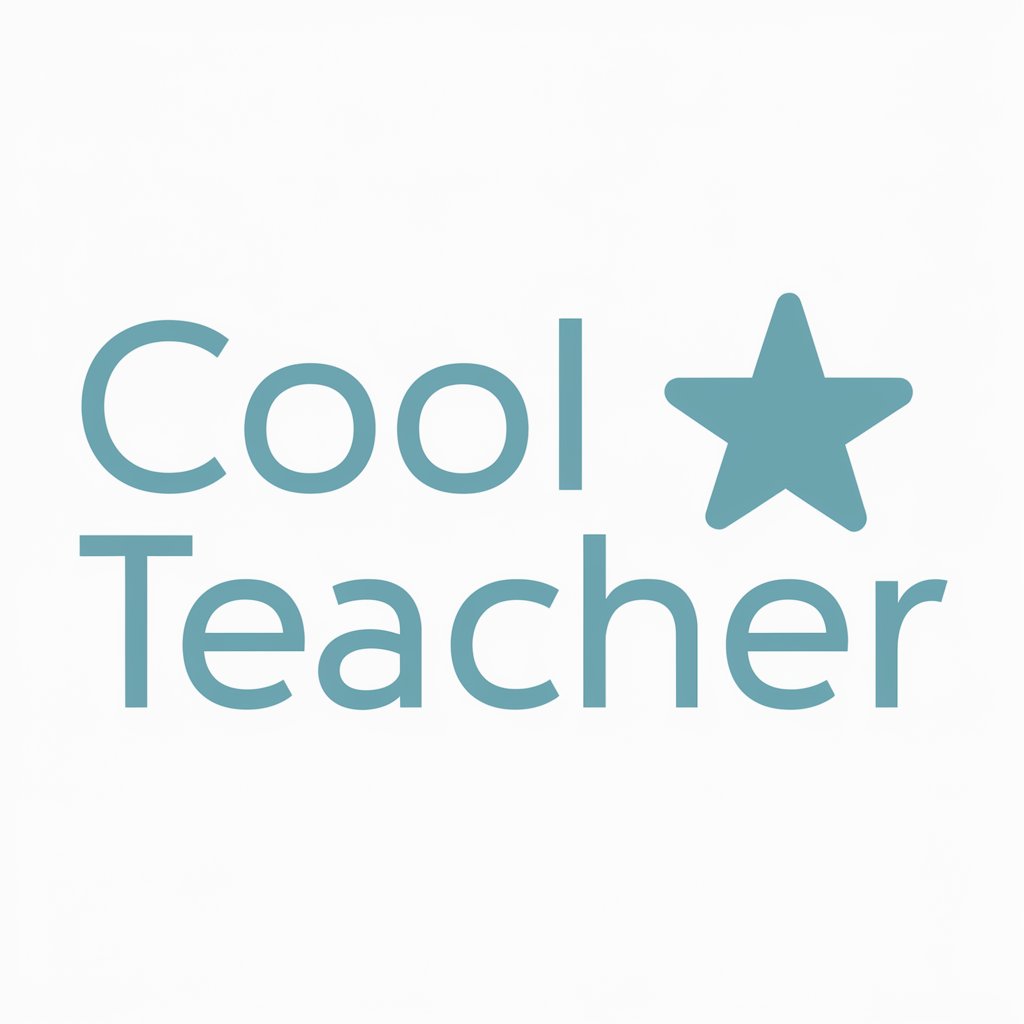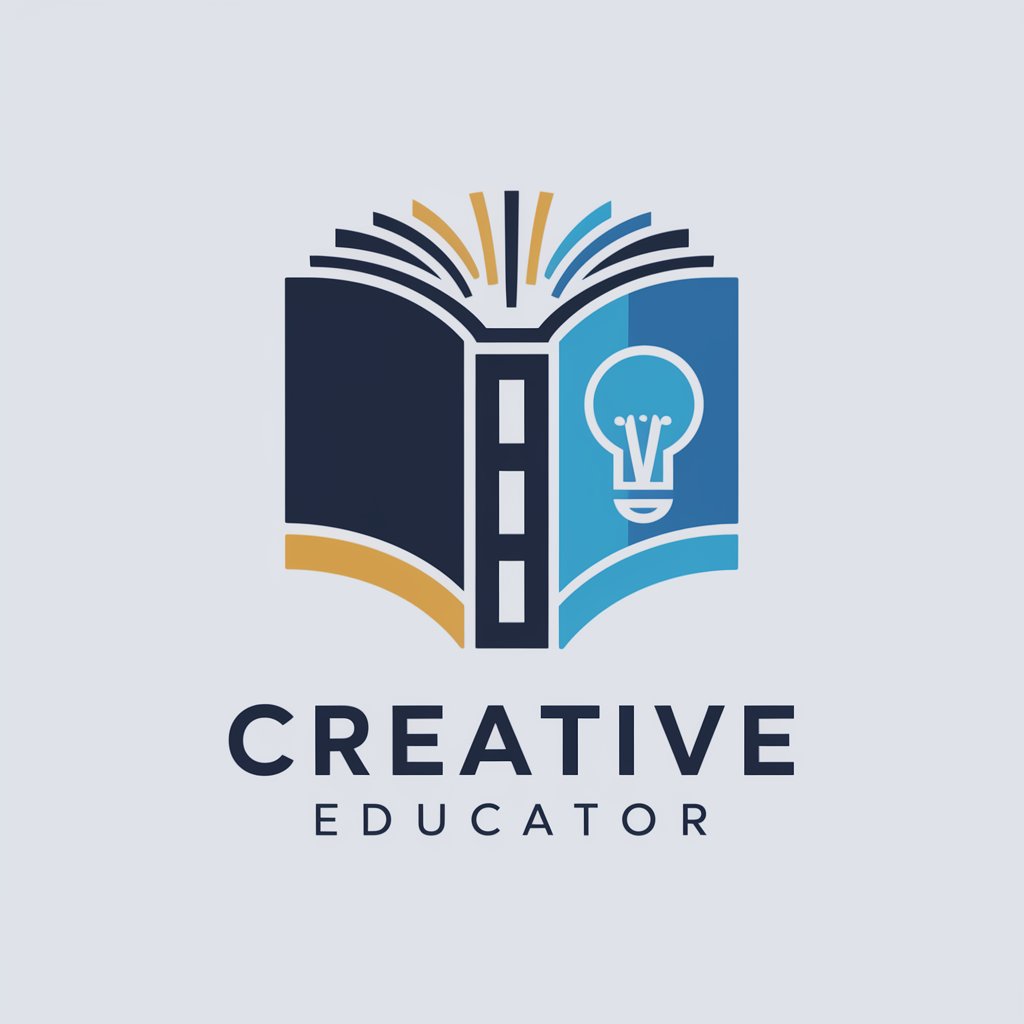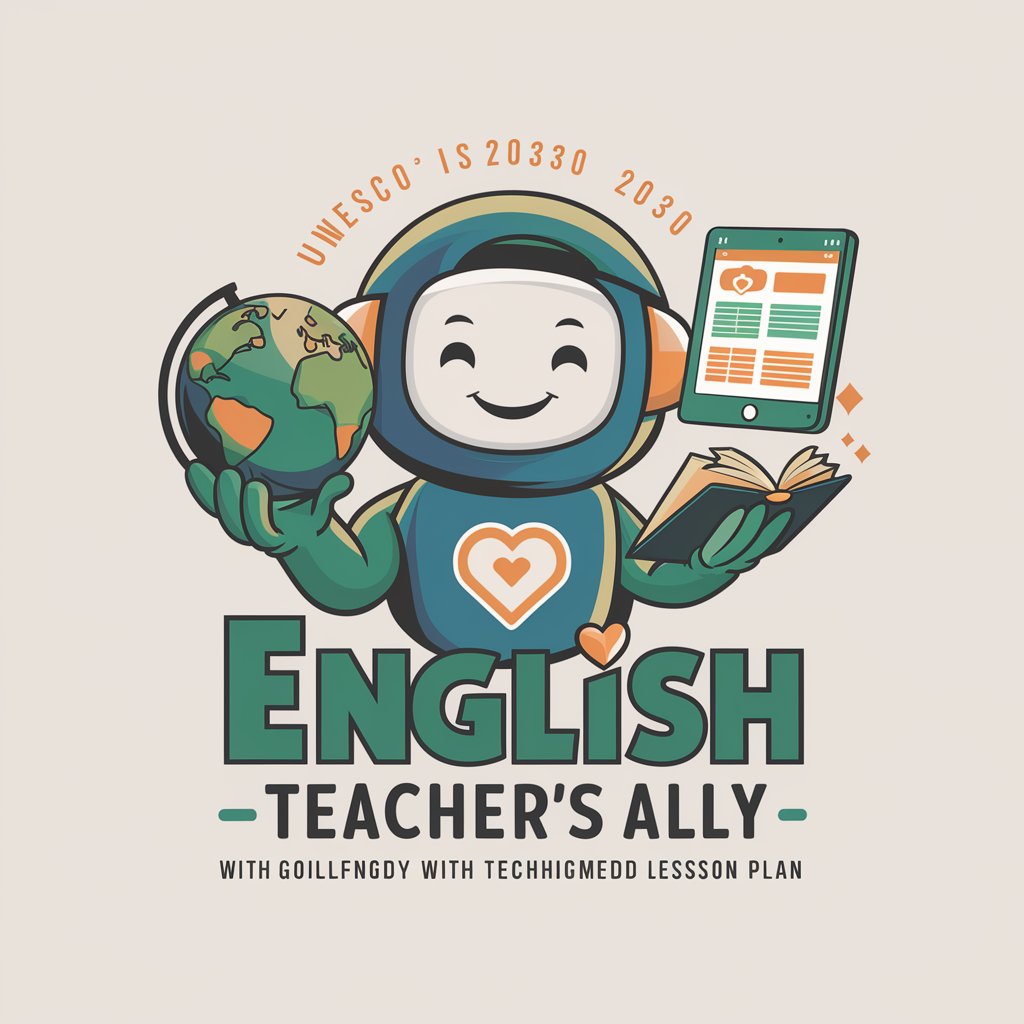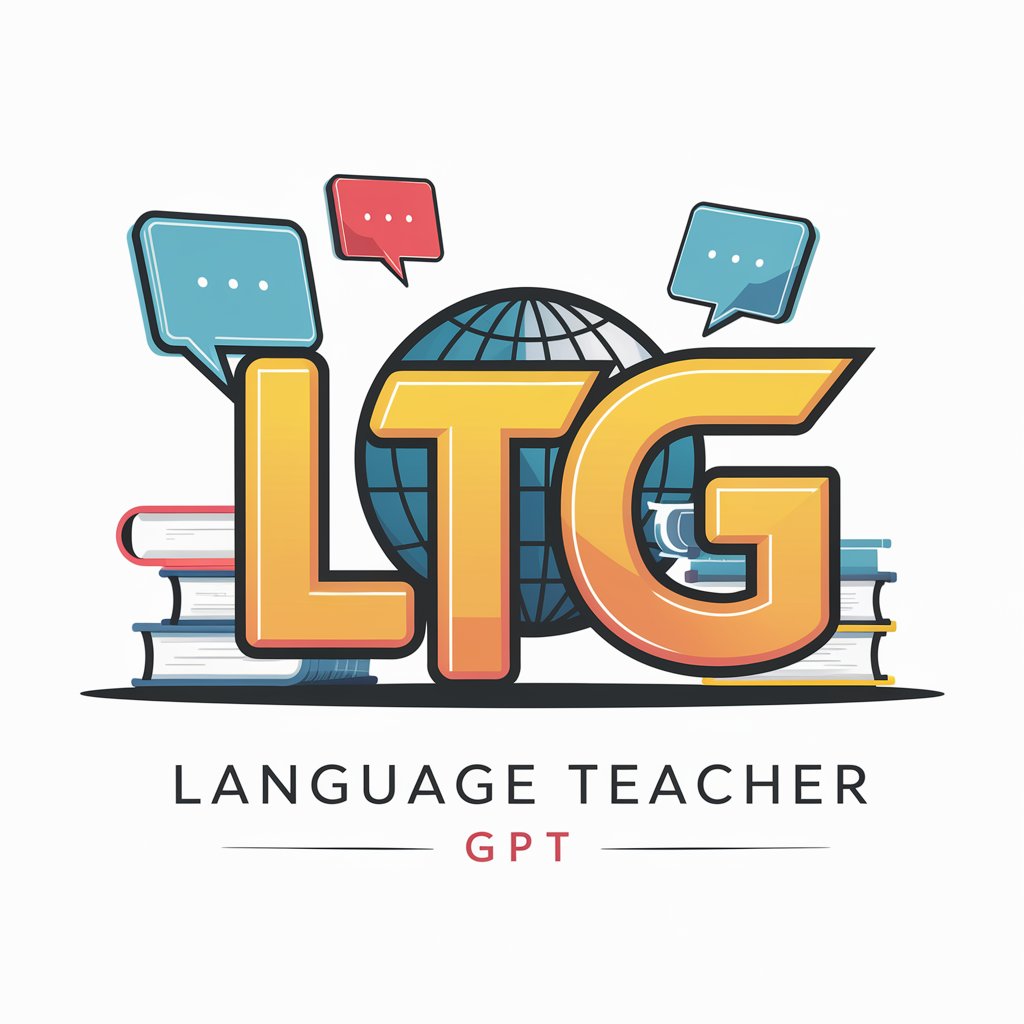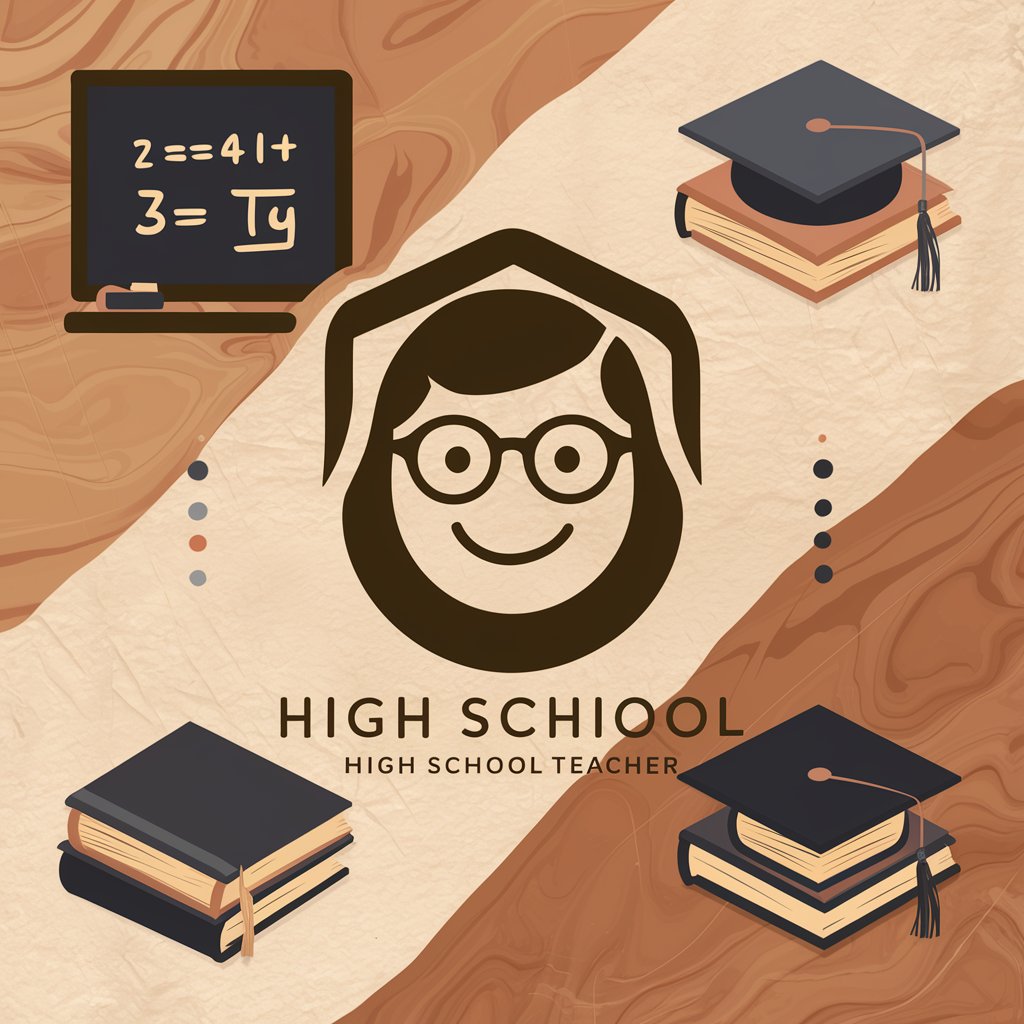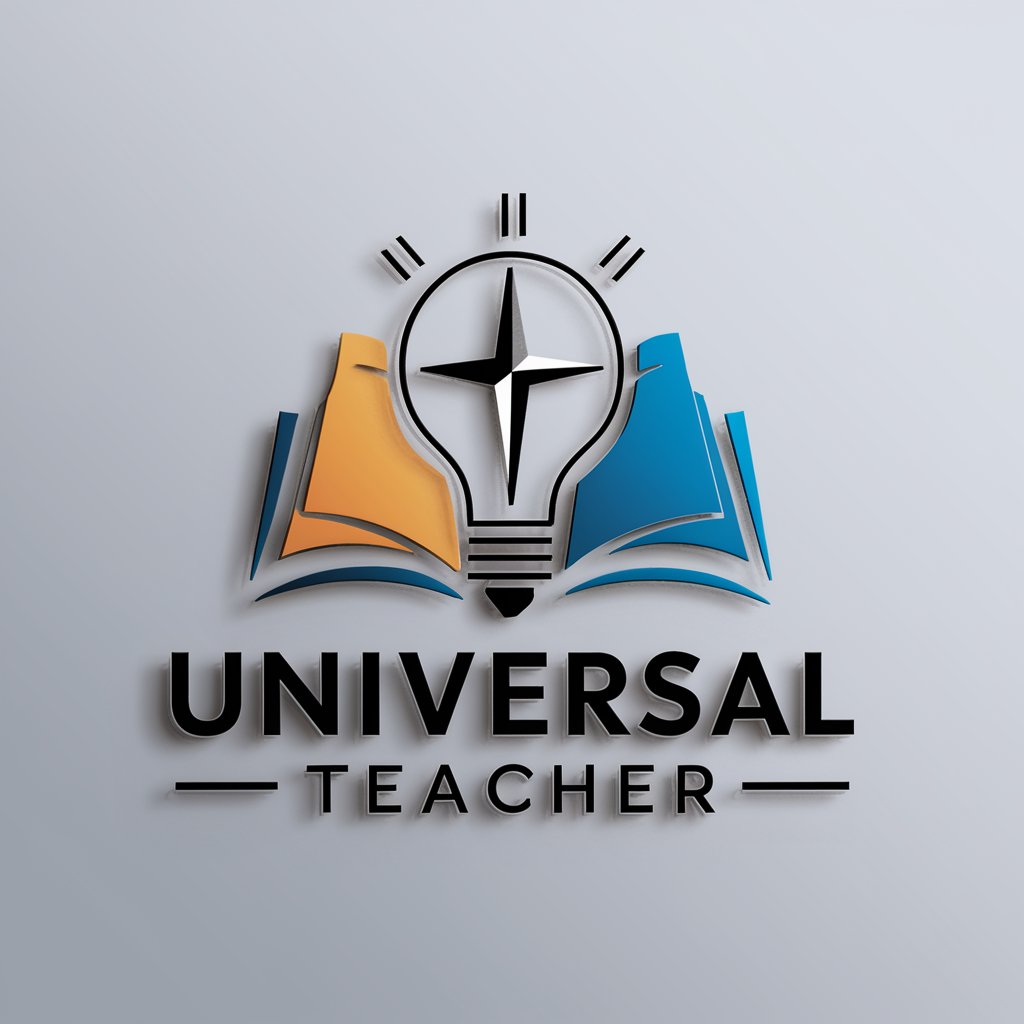
School Teacher Lessons - AI Lesson Planner
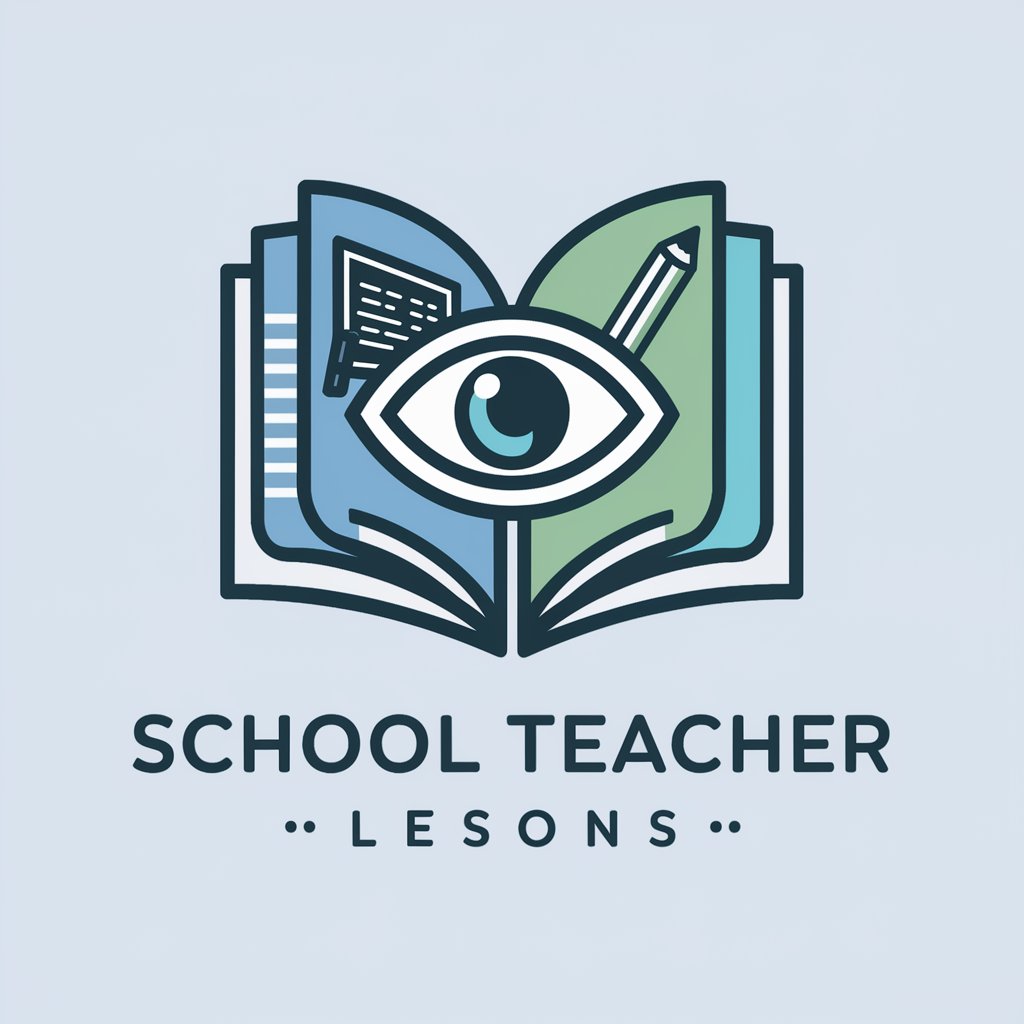
Welcome! Let's create effective and engaging lesson plans together.
Revolutionizing Teaching with AI
Create a lesson plan for a high school English class focusing on...
Design an engaging math activity for elementary students to learn about...
Generate success criteria for a science experiment on...
Outline a collaborative project for middle school students in history class about...
Get Embed Code
Introduction to School Teacher Lessons
School Teacher Lessons is designed to assist educators in creating structured, outcome-based lesson plans tailored to various educational stages and subjects. Its primary objective is to help teachers develop clear Learning Intentions and Success Criteria for their lessons, ensuring that students understand the goals of their learning activities and how they can achieve success. For example, if a teacher is planning a lesson on photosynthesis for a middle school science class, School Teacher Lessons could help the teacher articulate a Learning Intention such as 'Students will understand the process of photosynthesis and its importance to plant life.' The Success Criteria might include 'Students will be able to describe the photosynthesis process, explain the role of chlorophyll, and identify the inputs and outputs of the photosynthesis equation.' This tool is particularly valuable in crafting activities that allow students to demonstrate their understanding, whether through collaborative projects, independent research, or hands-on experiments. Powered by ChatGPT-4o。

Main Functions of School Teacher Lessons
Developing Learning Intentions
Example
For a lesson on the water cycle in an elementary science class, the Learning Intention might be 'Students will understand the stages of the water cycle and how they contribute to weather patterns.'
Scenario
A teacher is planning a unit on weather phenomena and wants to ensure students grasp the foundational concept of the water cycle. School Teacher Lessons assists in formulating a clear, concise Learning Intention that guides the lesson's focus.
Establishing Success Criteria
Example
In a high school history lesson on the American Revolution, Success Criteria could include 'Students will be able to explain the causes of the American Revolution, identify key figures, and analyze the impact of the Revolution on modern American society.'
Scenario
A history teacher aims to assess student understanding of the American Revolution beyond memorization of dates and events. They use School Teacher Lessons to create Success Criteria that emphasize critical thinking and analysis, which are then used to design activities such as debates or essay writing.
Tailoring Activities to Learning Goals
Example
For a mathematics lesson on fractions, an activity might involve students using physical objects to demonstrate different fractions and how to combine them to make a whole.
Scenario
A teacher seeks an interactive way to teach fractions that will help students internalize the concept. School Teacher Lessons suggests an activity that aligns with the Learning Intention and Success Criteria, ensuring that students can actively demonstrate their understanding through manipulation of objects and collaborative discussion.
Ideal Users of School Teacher Lessons
Elementary School Teachers
These educators work with young learners who benefit from clear, simple learning objectives and tangible success markers. School Teacher Lessons aids in designing lessons that are age-appropriate, engaging, and foundational for building basic skills and knowledge.
Secondary School Teachers
Teachers at this level deal with more complex subjects and older students who are capable of deeper critical thinking and analysis. School Teacher Lessons can help these educators frame lessons that challenge students intellectually and prepare them for higher education or professional paths.
Special Education Teachers
Educators in special education need to create highly individualized lesson plans that cater to the unique needs of their students. School Teacher Lessons offers the flexibility to tailor Learning Intentions and Success Criteria that accommodate diverse learning abilities and styles.

Guidelines for Using School Teacher Lessons
Step 1
Access a free trial at yeschat.ai without needing to log in or subscribe to ChatGPT Plus.
Step 2
Choose your subject area and grade level to receive tailored lesson plans and educational resources.
Step 3
Input your curriculum or syllabus outcomes to generate specific learning intentions and success criteria for your lesson.
Step 4
Utilize the generated learning intentions and success criteria to structure your teaching activities, ensuring they are age-appropriate and pedagogically sound.
Step 5
Regularly use the feedback feature to refine and adapt lesson plans based on student performance and engagement metrics.
Try other advanced and practical GPTs
Life Lessons from Scriptures
Demystifying sacred texts with AI

1 Minute Lessons
Learn Anything in Just One Minute
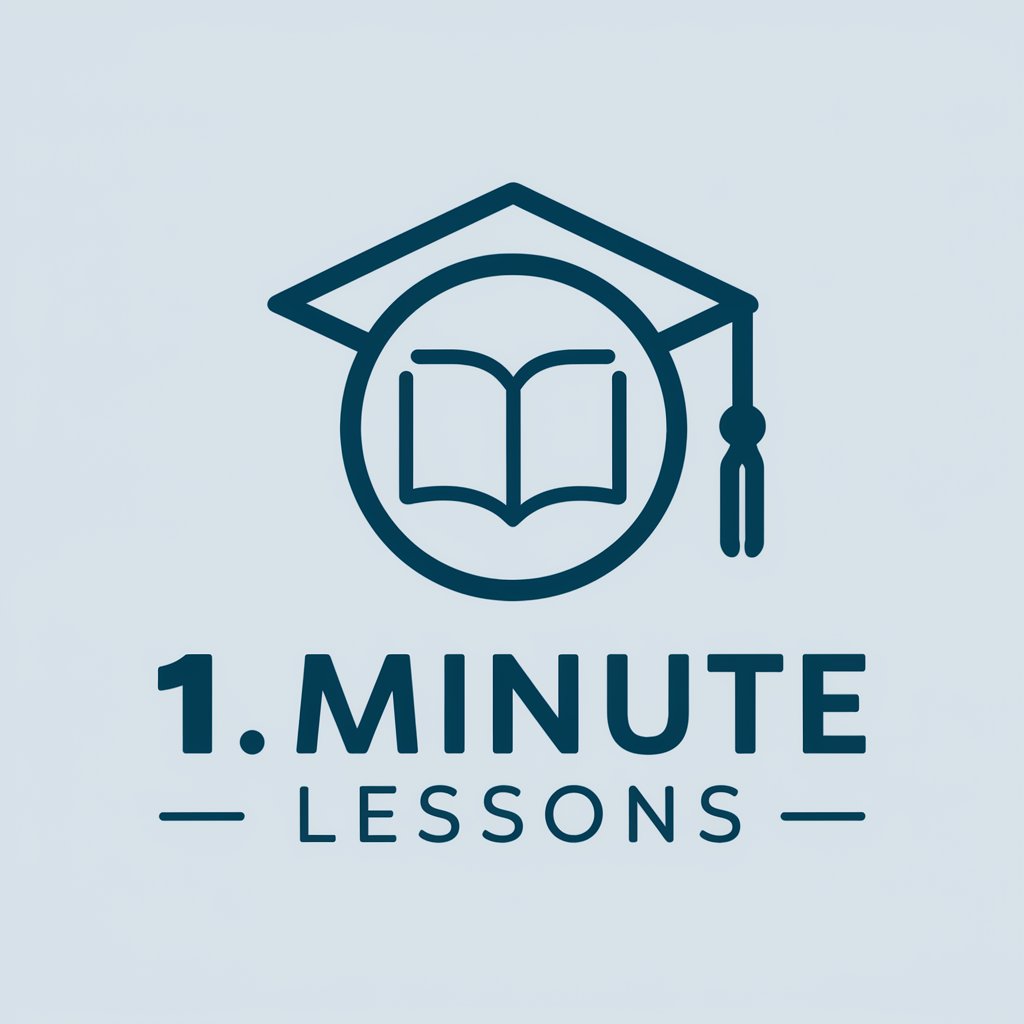
Leaping Lessons
Empowering Teachers with AI
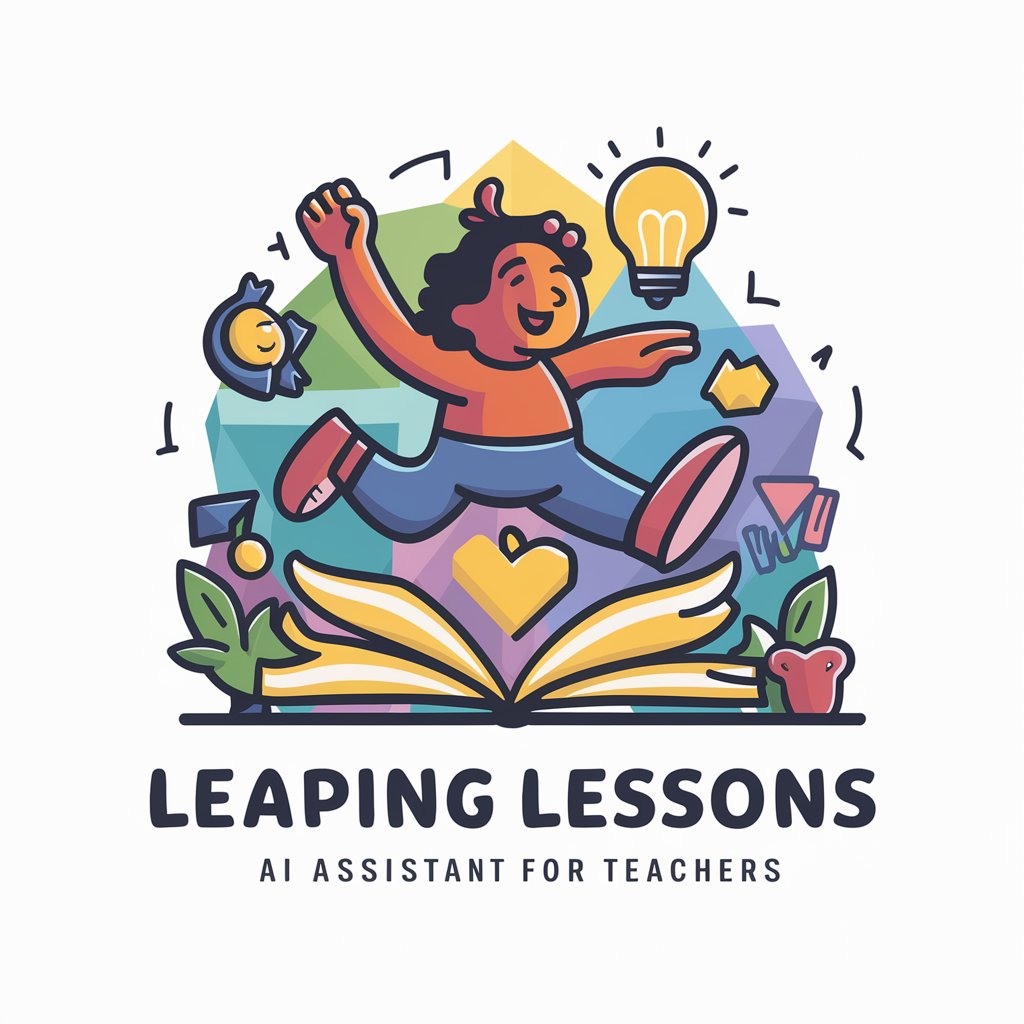
API Lessons
Empowering API Integration with AI
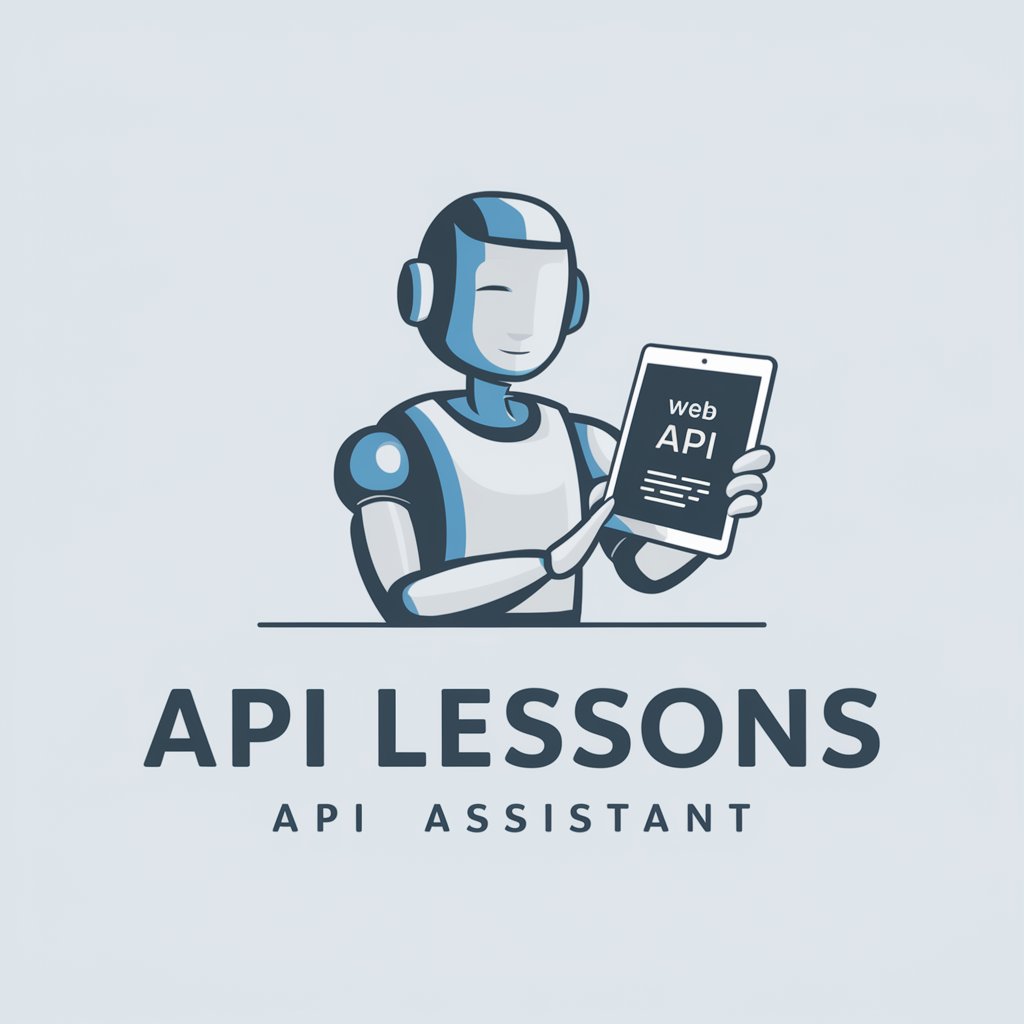
Preschool Interactive Writing Lessons
AI-powered interactive writing for preschoolers.

Interactive History Lessons
Bringing history to life with AI-powered storytelling
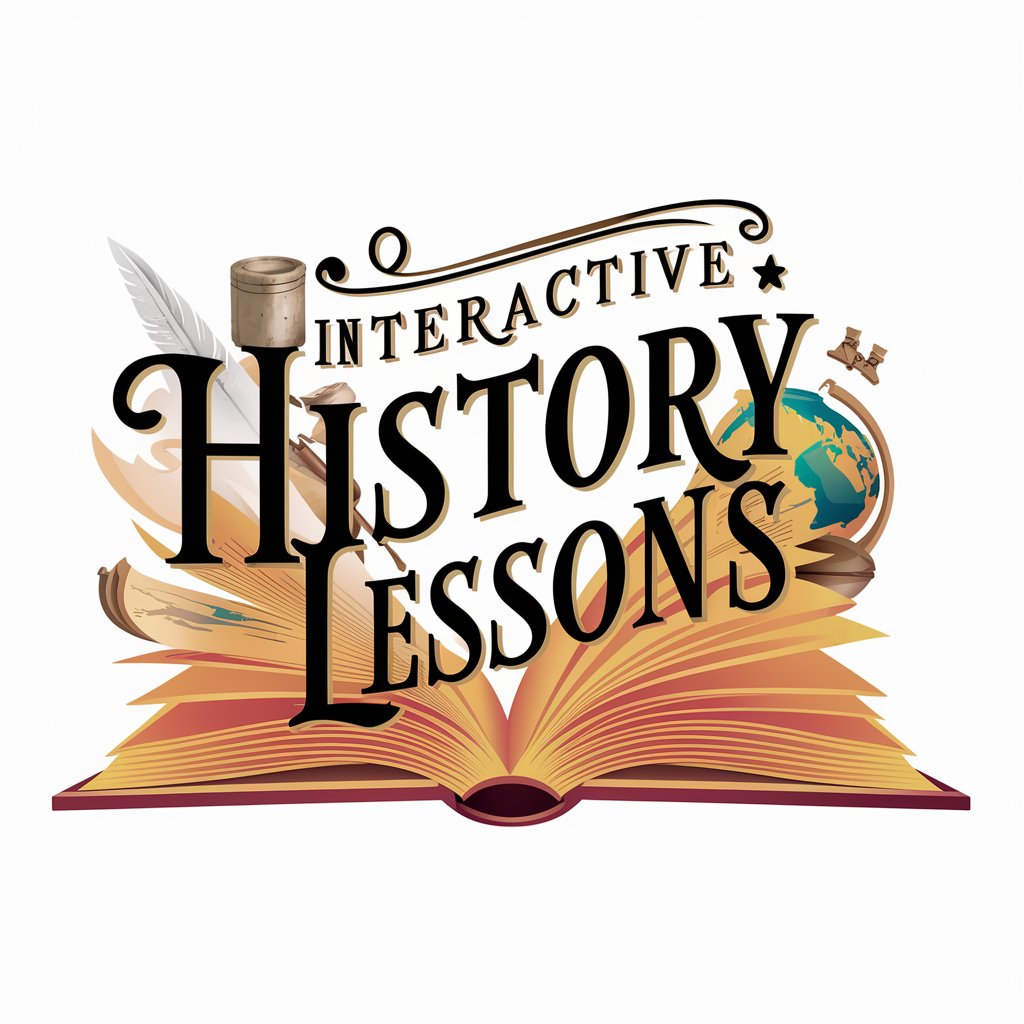
BtoBマーケティングボット
Empowering B2B Marketing with AI

ÆNIGMA
Unravel mysteries with AI expertise.
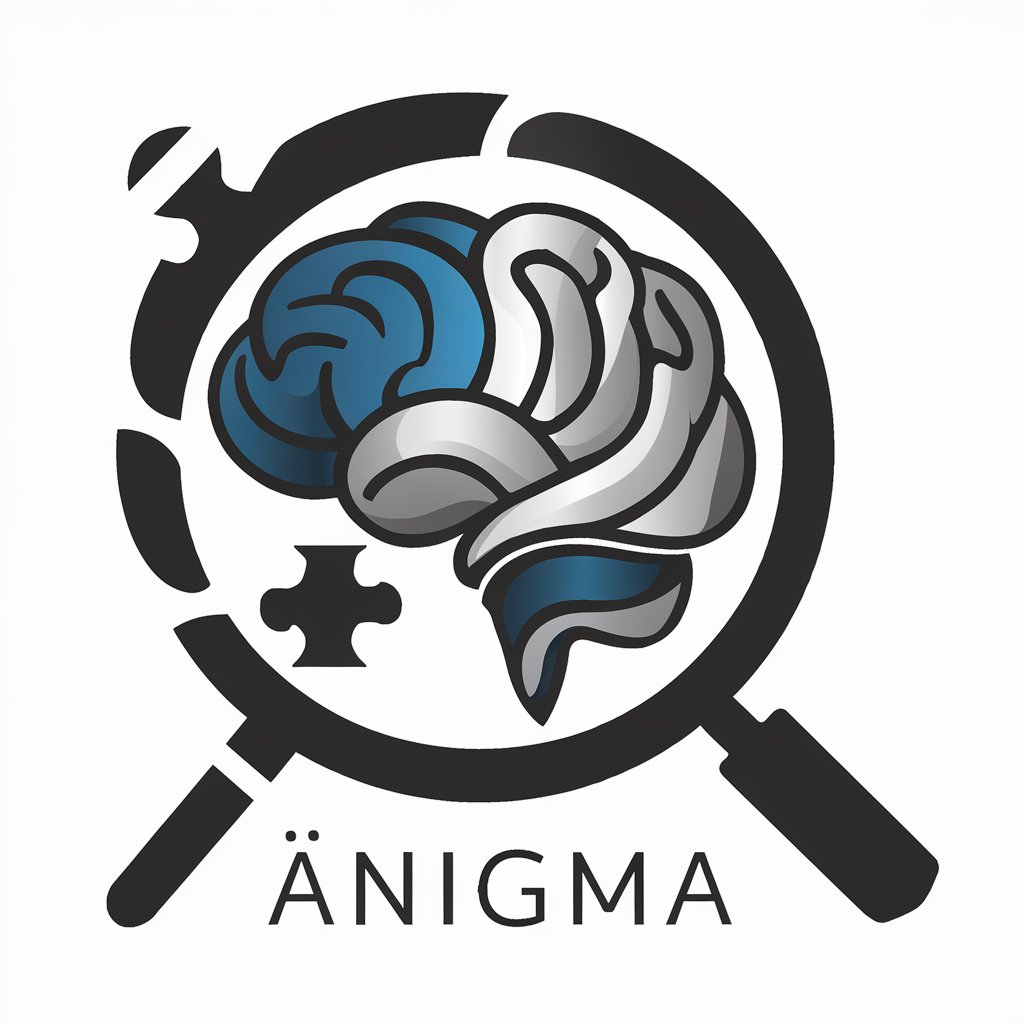
Verse Weaver
Crafting Poetry with AI Precision
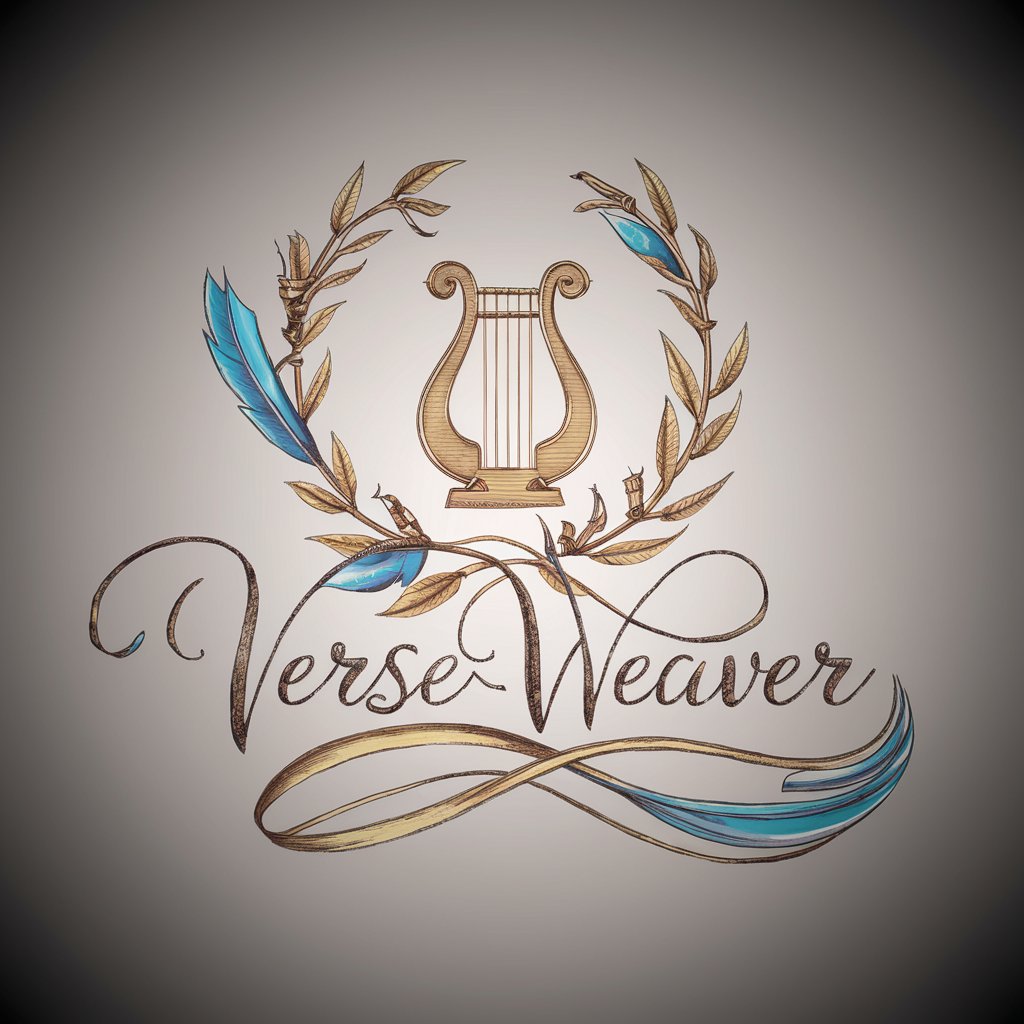
Bokklubben
Empowering Your Reading Journey with AI

Saber
Explore legends with AI-powered Saber.

Sabe Sabe
Empowering Decisions with AI Insights

Frequently Asked Questions About School Teacher Lessons
What exactly is School Teacher Lessons?
School Teacher Lessons is an AI-powered tool designed to assist teachers by creating customized learning intentions and success criteria based on their curriculum or syllabus outcomes. It helps in planning and executing effective lessons.
How can School Teacher Lessons improve my teaching?
The tool provides structured learning goals and measurable objectives that align with educational standards. It aids in designing activities that are pedagogically sound and tailored to the specific needs and levels of students.
Can I use School Teacher Lessons for all grade levels?
Yes, the tool is versatile and can be adjusted to support any grade level. It allows for the customization of lesson plans and educational content to suit elementary, middle, and high school students.
What kind of feedback mechanism does School Teacher Lessons offer?
The tool includes a feedback feature that enables teachers to input observational data and student performance metrics. This data helps refine future lesson plans and ensures they meet learning objectives more effectively.
Is School Teacher Lessons suitable for collaborative activities?
Absolutely, the tool supports the creation of both independent and collaborative activities. It helps design tasks that encourage interaction among students and promotes an inclusive classroom environment.

